A short video of part of the Rio Celeste in Tenorio National Park, Costa Rica.
Costa Rica is a land of innumerable wonders, from the popular (Monteverde Cloud Forest) to the remote (Tortuguero National Park). With so many amazing natural features to choose from, it is nearly impossible to pick the “top” or “best” feature of the country. Having placed that disclaimer first, let me say that if I was forced to pick the most amazing feature of Costa Rica, I would pick the Rio Celeste. The Rio Celeste is an awe-inspiring river that is located in the remote northern reaches of Costa Rica in Tenorio National Park. While I have been fortunate enough to see amazing rivers in many spots throughout my travels, the Rio Celeste to me is truly an awe inspiring and magical spot, because of its phantasmagorical blue color, and in part because of the totality of the terrain. The primeval green of the surrounding rainforest provides an unmatchable perfect contrast to the river, and it makes a hiker feel like they are alone in the world, on another planet, or in some far flung dream. While I could wax poetic about the river, the surrounding terrain, and the area, I will let the video and the pictures do the talking for the most part. Suffice to say that this is a one-of-a-kind spot in the world, and one that will not disappoint.
Rio Celeste, Costa Rica
As I am a naturally curious person, I like to both see amazing things, and understand what makes them amazing. In the case of the Rio Celeste, the answer as to why it is a radiant blue is fundamentally simple and can be reduced to one word: volcanoes. The full explanation as to why the river is the blue it is also interesting, and is based upon a scientific phenomenon known as Mie scattering. In this case, what this means is that when the Buenavista River and Sour Creek converge to form the Rio Celeste, the mixture of sulfur and calcium carbonate from the nearby volcanic activity combine to form the magnificent blue of the river.
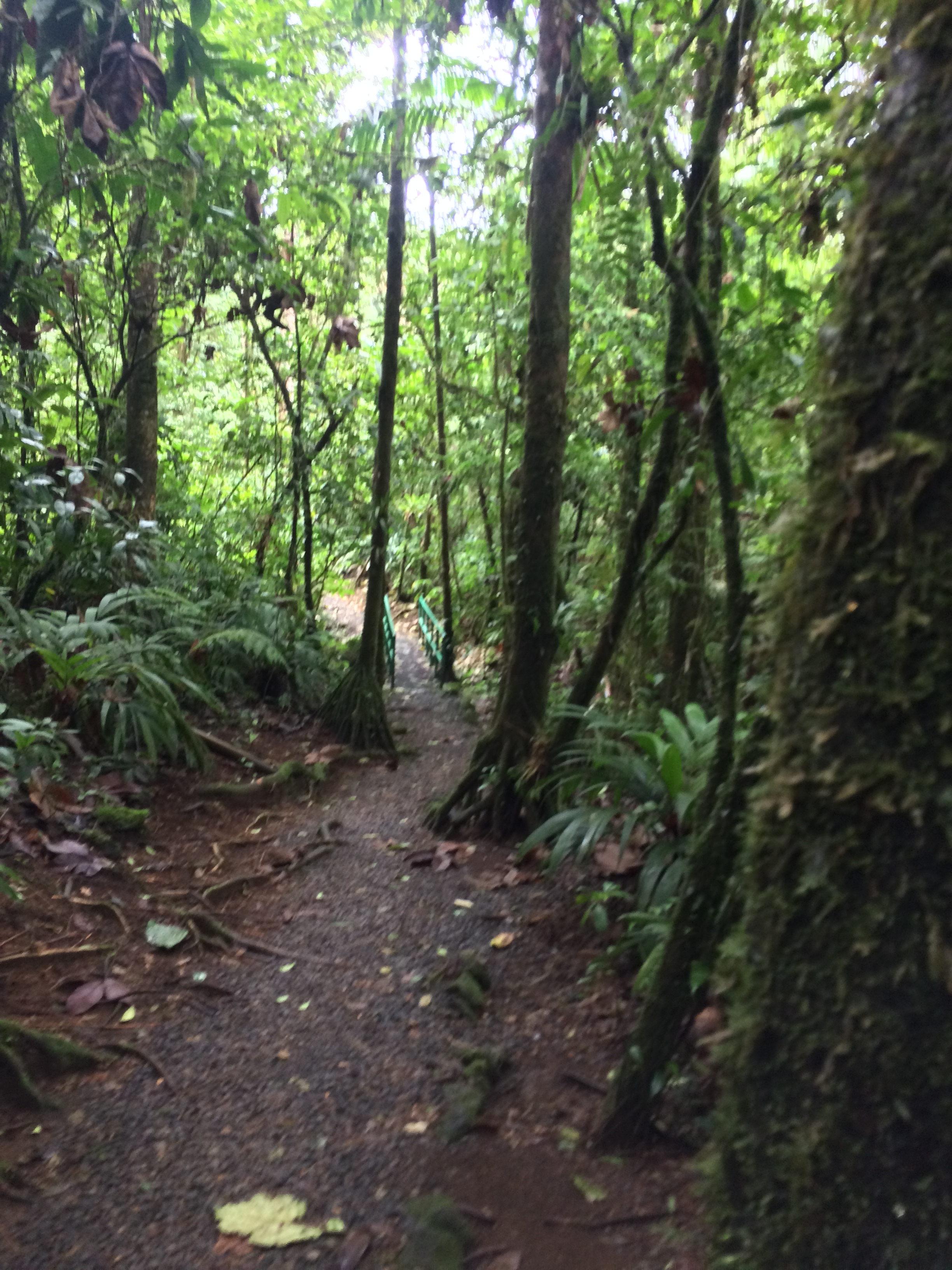
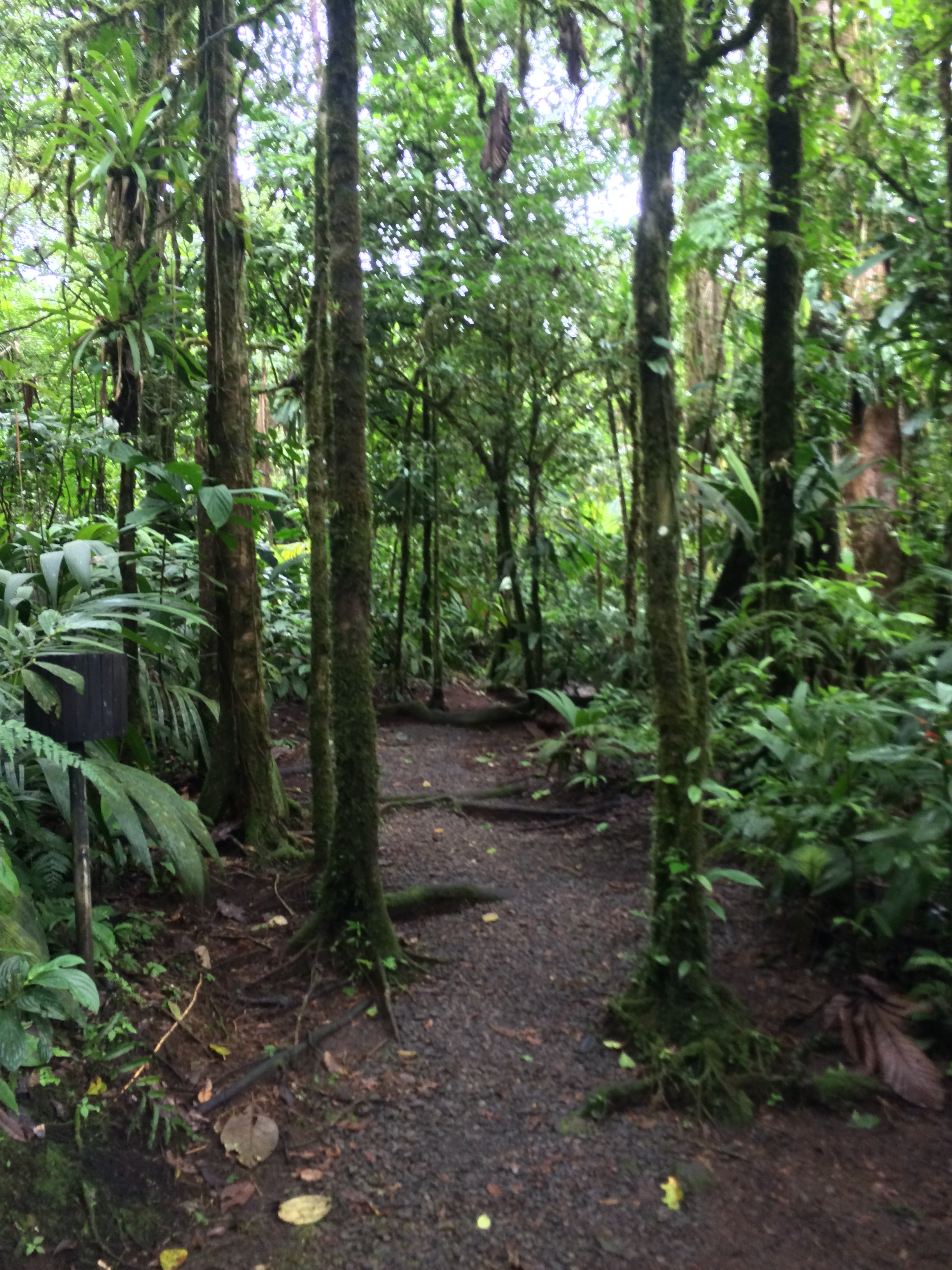
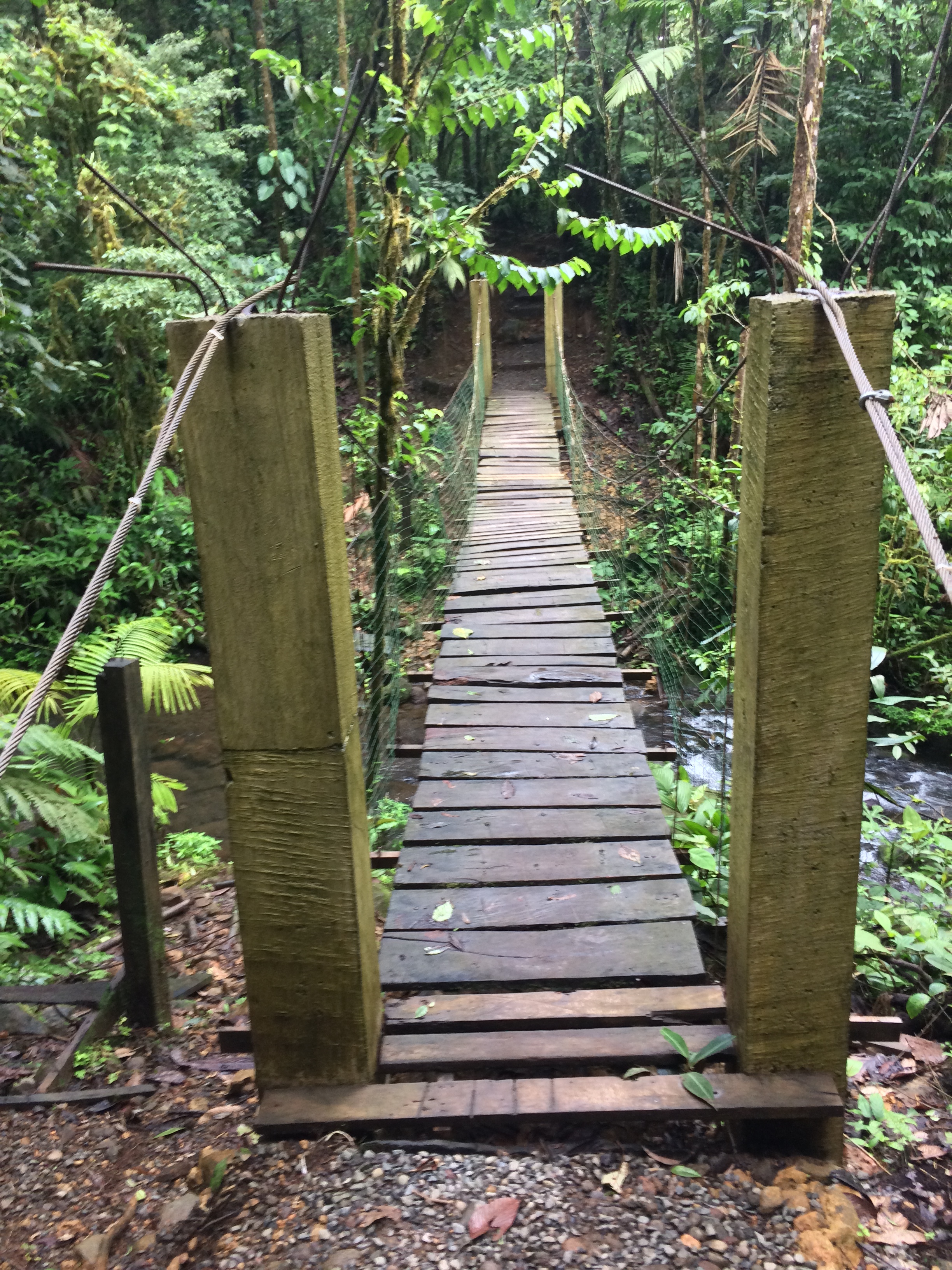





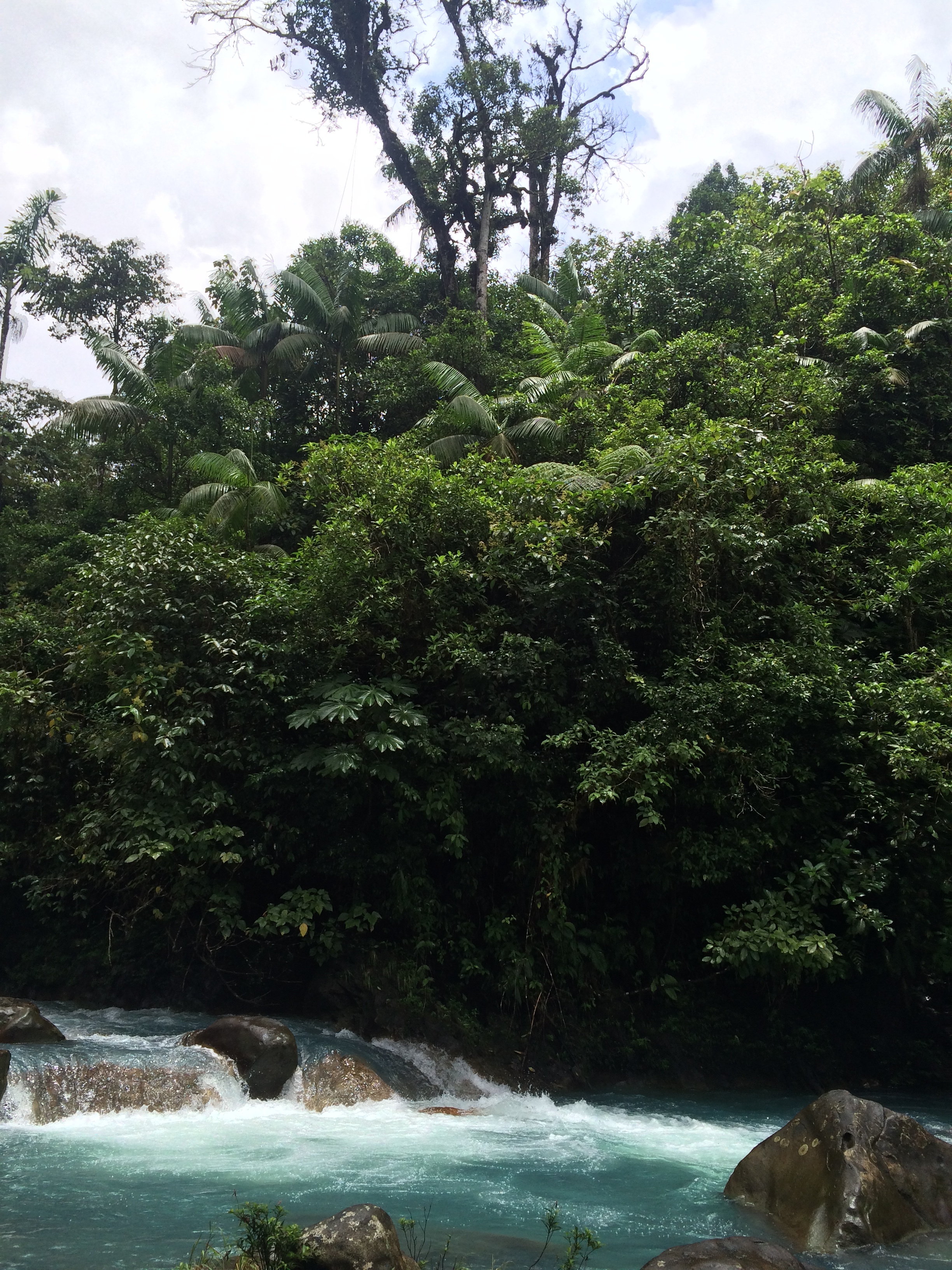
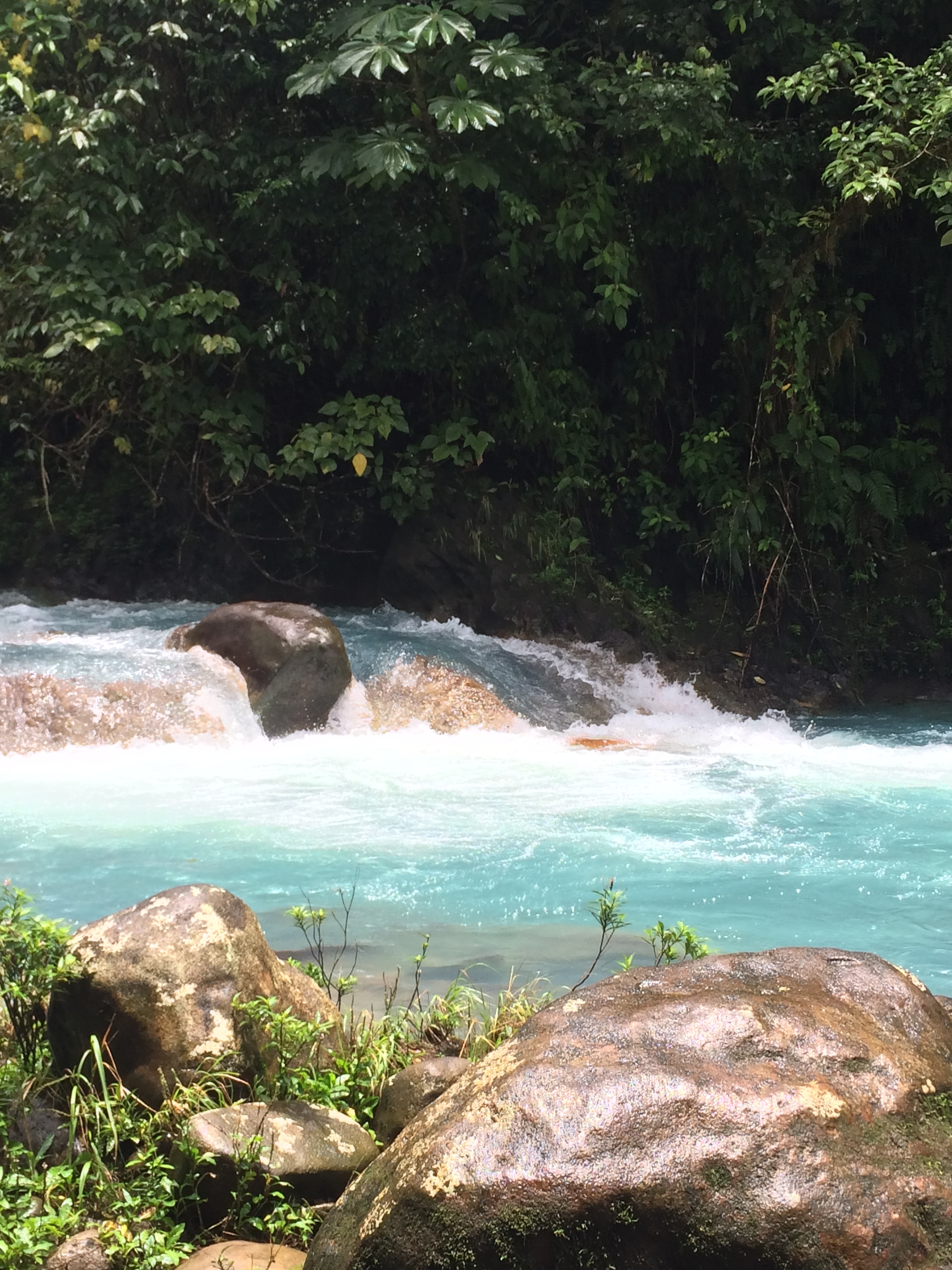


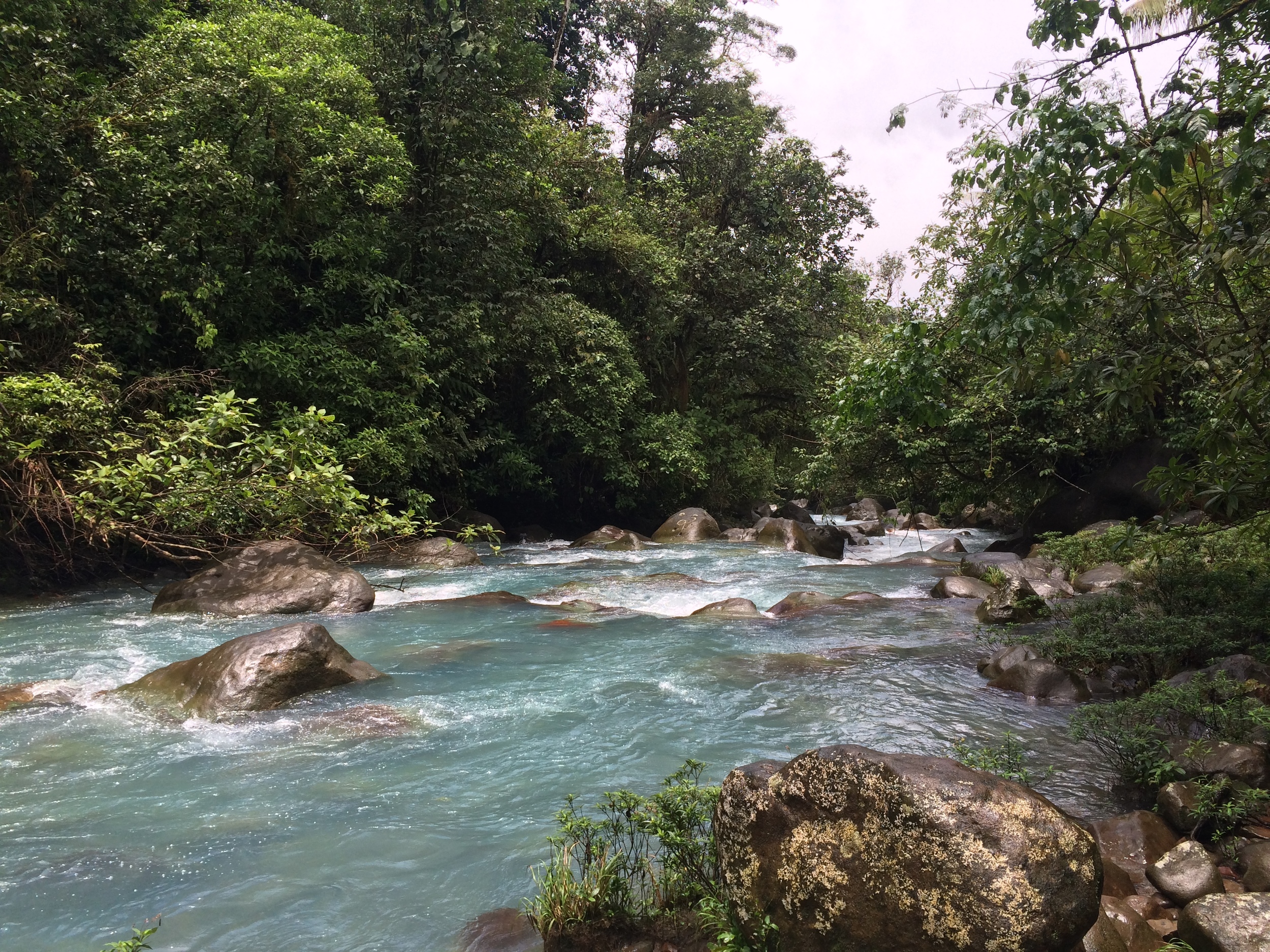
Directions: The Rio Celeste is located in Tenorio National Park, and while the park has a number of other amazing attractions, the Rio Celeste is the park’s signature attraction. Having said that, potential visitors to Tenorio, and the Rio Celeste should not fear that the area will be crowded with tourists. As of 2015, Tenorio National Park remains a remote location in Costa Rica, and one that requires a fair amount of effort to reach in that it is some four to five hours from the capital, San Jose. While my usual policy is to provide directions to locations, in this case, given the variety of routes to Tenorio National Park, and that some of the routes have off-road travel, visitors heading to the region in my opinion are best served to find their own route with a GPS unit in Costa Rica.
Rio Celeste, Costa Rica
The most direct route to Tenorio National Park is through the town of Guatoso (San Rafael de Guatoso), which is located directly on Highway 4. From Guatoso, there are a variety of routes to the park on partially paved or unpaved roads, most of which are not signed. While the distance from Guatoso to Tenorio National Park is short, the road conditions make this portion of the travel somewhat long. Potential visitors to this area should also be aware that the region as a whole receives a great deal of rain, which can also adversely affect the roads from Guatoso to Tenorio National Park. From the park entrance, where visitors can pay the $10.00 entrance fee, the trail to the Rio Celeste is readily apparent, and well-marked. While the distance of the trail is somewhat short, the route along the river and to the waterfall takes around two hours to complete.
Tips: As the Rio Celeste is located in the deep rainforest of Costa Rica, the standard warnings about such conditions apply. Visitors should be properly prepared in terms of water, equipment, and mindful of rainforest denizens such as snakes and or bugs. Potential visitors should also be aware that the area receives a high amount of rainfall, which as noted above, can affect one’s ability to visit the area. More importantly, the rainfall can and does affect the color of the Rio Celeste. Both during and after periods of heavy rain, the resulting runoff changes the color of portions of the river from a turquoise blue to a regular brown.
Rio Celeste before a downpour.
Rio Celeste after a downpour.
